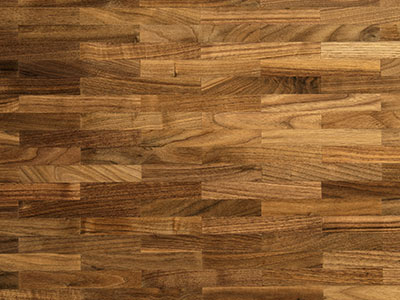Back to Flooring Products
What Is Reactive Hardwood Flooring?
 When it comes to hardwood flooring, you are definitely spoilt of choice. It does not only come to the natural colours, textures, and styles of wood flooring, but also the number of different professional methods and techniques dedicated to either enhance the natural beauty of hardwood or completely transform its look and appearance such as wire-brushing, hand-scraping, and more.
When it comes to hardwood flooring, you are definitely spoilt of choice. It does not only come to the natural colours, textures, and styles of wood flooring, but also the number of different professional methods and techniques dedicated to either enhance the natural beauty of hardwood or completely transform its look and appearance such as wire-brushing, hand-scraping, and more.
However, despite the great variety of professional treatments, reactive treatments remain one of the most unique out of them all, being the reason for the creation of truly one-of-a-kind and stunningly beautiful hardwood flooring. The reactive treatment gives the hardwood floors a lot of character and old-world charm so every hardwood floors can become the statement piece of the interior design of every room. So, you are probably wondering how is reactive treatment actually happening and how does it change the floor? Let’s find out here, continue reading.
How Are Reactive Floors Made?
The basic concept of reactive wood flooring uses tannins, which are naturally found in every plant. Tannins in trees are responsible for giving them colour and over time, when tannins change they also change the appearance of the trees or, in the case with flooring, of wood, giving it this reclaimed, old-world, vintage visual and design that all interior designers are crazy about these days. While a vintage look of wood flooring can also be achieved with the help of staining or other techniques, no other technique give the wooden floorboards such as genuine aged and vintage look as the reactive treatment.
Traditional Knowledge and Modern Technology
The execution of a reactive method is pretty easy and based almost entirely on the natural processes that happen with wood over time. However, the basic idea of the reactive treatment is simply speeding up and sometimes intensifying the process and results and achieving a very attractive and stunning appearance for the wooden floorboards. Basically, reactive hardwood flooring is achieved by introducing various low-VOC agents such as ammonia and iron acetate into the atmosphere or directly applying them onto the surface of wooden floorboards.
By doing so, an oxidative creation is created and it brings the wood’s tannins to the surface of the floorboards. This gives the wooden floorboards a weathered and aged look, which is unique and adds so much character and charm wherever the floor is installed. In addition, by naturally darkening and intensifying the wood’s grain, the reactive process also results in beautiful and unique colour variation, contrast, and rich colouring that gives the floor an even more intriguing and interesting look. Practically, no two reactive floors will ever look the same and you will be an owner of a really unique and special piece.
What Makes It Different
As we have already mentioned, an aged and vintage look can also be achieved with the help of staining. However, staining the wooden floorboards do not give such a genuine and authentic look as the reactive treatment. In addition, scratches on the surface of reactive wood flooring are not that visible as the intense graining and colour variation are really good at camouflaging all fine scratches and small imperfection on the surface of the floor.
In contrast, scratching a stained wooden floor will strip off a small portion of the stain and the scratch or small imperfection will become really visible and noticeable. Reactive wood floors are made to stand up to high traffic and heavy footfall. Unlike a classic staining process, the reactive process penetrates the top layer of the wooden floorboards and changes the appearance of the wooden floorboards in depth.